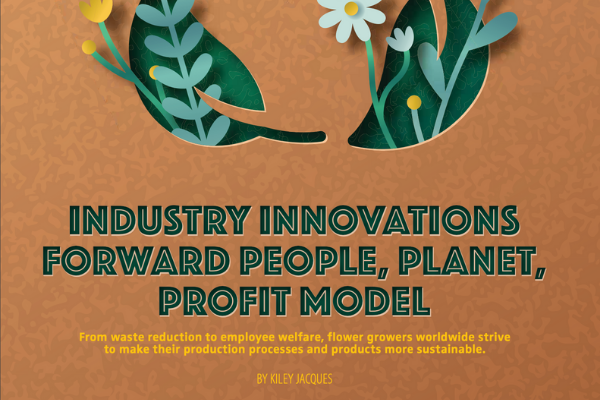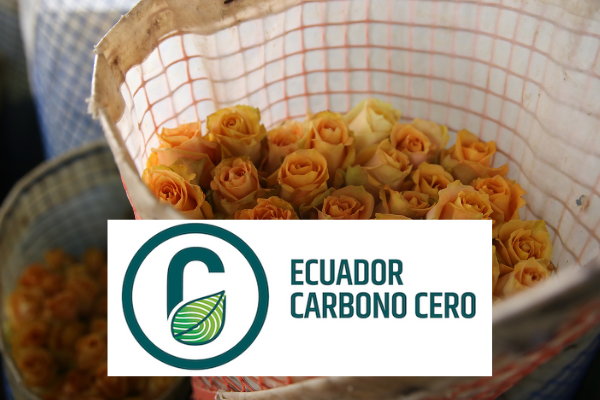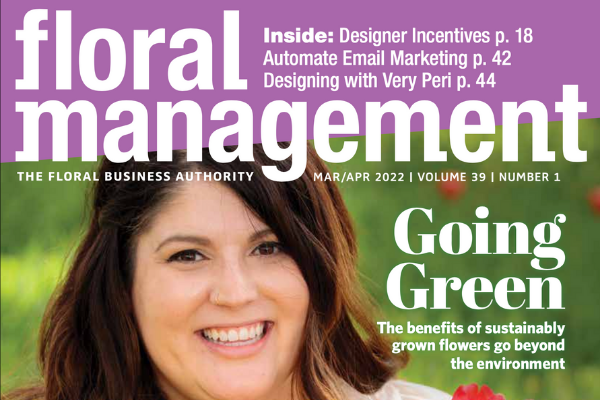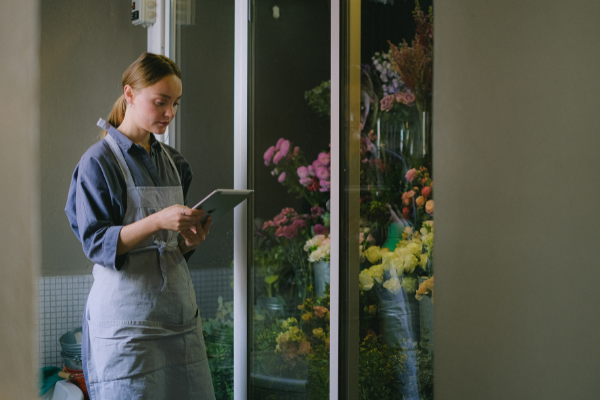3 years ago
Read the original article here
Industry Innovations Forward People, Planet, Profit Model
From waste reduction to employee welfare, flower growers worldwide strive to make their production processes and products more sustainable.
David Kaplan of Above All Flowers has been in the floral industry since 1978 and has seen a shift in attitudes toward sustainability. “When I was visiting farms in the late ’70s and early ’80s, nobody had even heard of sustainability,” he says. “Back then, nobody cared.”
His company functions as a consultancy, providing market facilitation, product sourcing, and advisory services. It is keyed into sustainable growers. Kaplan recognizes the broad scope of what it means to be a sustainable farm. “Back in the early 2000s, before all these certifications existed... there was awareness of water conservation and pesticide use. Now, sustainability encompasses a large circle — it’s not just about the environment. The health and welfare of employees is garnering more attention ... the whole thing comes down to what we call a responsible grower.”
Much of the movement is owed to the digital age and its capacity to streamline services and goods. Running an ecologically and socially responsible company is also a marketable approach to doing business on an international scale. In short, growers and buyers worldwide are awakening to the people, planet, profit model and taking steps to adopt it.
Waste-Cutting Technology
Among them is Eric Egberts, founder and CEO of Holland-based BloomyPro, a software company he describes as a “horticulture technology provider.” The five-year-old platform, which offers the ability to arrange flowers digitally to create sample bouquets, was designed to respond directly to consumer tastes and trends. “The whole agriculture industry is pushing something from the farm to the consumer, but nobody is considering what the consumer is actually looking for,” Egberts says. “Businesses only know what has sold, and they use those figures to determine future production. Everything they present to you is based on old sales figures, which they use to predict materials they need to buy or plant on the farm.”
This predictive model results in unnecessary product waste, Egberts says. One way to greatly reduce that waste is to use consumer trend data from software enables the buyer to get much closer to what is happening in the mind of the consumer,” Egberts says. Knowing online consumer behavior has the potential to focus growers’ decisions pertaining to production in such a way as to meet real-time demand and promote cost savings. “If we can determine, based on consumer trends, that pink roses are not in favor this year ... that’s a product and cost waste reduction,” he says.
The idea for BloomyPro took root as Egberts began talking with farmers who supply large retailers to determine how they might optimize their processes. The standard practice is for growers to assemble and then ship boxed, sample bouquets to retailers. This provides retailers with hundreds of samples from which they make their selections. Then the samples are thrown away, or retailers decide to make slight changes to the flower arrangements and request new samples be sent.
Egberts saw an opportunity in that system. “We presented the idea of all-digital collections from which retailers can select only what they intend to display and sell,” Egberts says. It’s a highly targeted approach to both production and sales that reduces waste. “The plastic sleeves alone are a major reduction,” Egberts says, noting an increasing concern in the industry around carbon emissions. BloomyPro offers a means for limiting physical shipments and the associated carbon penalties.
Responsibly Sourcing Flowers
Claudia Munoz, cofounder of Fresh-o-Fair, speaks energetically about the farmers she works with. She, alongside her brother and father, has launched what they call an online “concierge” service. Clients can choose to buy from more than 30 flower farms located in Ecuador and Colombia that have been fully vetted and deemed socially and ecologically responsible. Fresh-o-Fair is a farm-direct model that taps into the familiarity and ease people feel around online purchasing, as well as a growing desire to support sustainability-minded growers.
Key to the business’s success is its boots-on-the-ground approach. Munoz relocated from Germany to Ecuador so she could regularly visit the farms, cultivate relationships with farmers, and witness their sustainability practices.
Agrogana is one of their partnering farms. Located south of Quito in Ecuador, the family-owned flower farm spans 50 hectares and is highly regarded for providing excellent wages and benefits to its employees in addition to child care and educational opportunities that include classes in English, math, and computer programming.
“With everything we do, we look at all sides: how to be environmentally friendly, how to maintain quality products, and how to protect worker safety.” - David Kaplan
“When we visit farms and talk with the growers, we can tell if they are just saying what it takes to sell or if they are truly committed to better practices,” Munoz says. “We look for places like Agrogana, with which we are completely aligned in what we want to achieve.”
Munoz seeks out farms with green certifications. She points out there are also a lot of small farms without certifications — which are expensive to get — that are community-minded and run projects that Fresh-o-Fair wants to support.
On the other end, they encourage florists to visit the farms and see first-hand the business practices. “We want the system to be fair for everybody,” Munoz explains. “We want to help the farmers grow their business and help floral designers understand where the flowers they buy come from and how the farms are being run.” She makes another point that speaks to the deeper value
of their approach saying, “It’s not only about selling flowers, it’s about telling the farmers’ stories and building community.”
By providing florists with options for buying from socially equitable and environmentally responsible sources, Fresh-o-Fair bridges the divide between growers and buyers and streamlines their transactions. To date, they work with 25 florists in Germany and 10 in the U.S. who place weekly orders.
“We are just getting started,” Munoz says. “We hope to grow but we want to start with a small and stable base. If you grow too fast, you lose track of things. We want to take the time to build the structure well.”
Tying It All Together
Like Munoz, Kaplan seeks out growers who show commitment to their surrounding communities. He believes buyers want to work with farmers who are practicing sustainability on all fronts. In practice, this might mean supplying access to clean water, electricity, child care, clothing, and school supplies, among other types of financial support.
With all growers a key message is: Reduce your waste. “The amount of packaging materials that have been used to ensure a quality product needs to change,” Kaplan explains, noting the same quality can be achieved without all the one-time-use plastics. “They use it because of habit, not necessity,” he says. Kaplan encourages waste reduction by shipping direct from the farm to the client versus a conventional model that depends on a midpoint stop, where everything is unpacked, repacked, and shipped a second time. His focus for the next decade will be to get more growers to use biodegradable packaging materials and to use cardboard rather than plastic wrapping.
As sustainability becomes more front of mind in the industry at large, innovation around how to support and promote it will be instrumental to business profitability. As Kaplan puts it, “With everything we do, we look at all sides: how to be environmentally friendly, how to maintain quality products, and how to protect worker safety. I think this is the way of the future and how it must be done. And I think people feel better when they buy that kind
of product.”
Kiley Jacques writes about sustainability issues for a variety of publications, including the Green Building Advisor of which she is senior editor.






